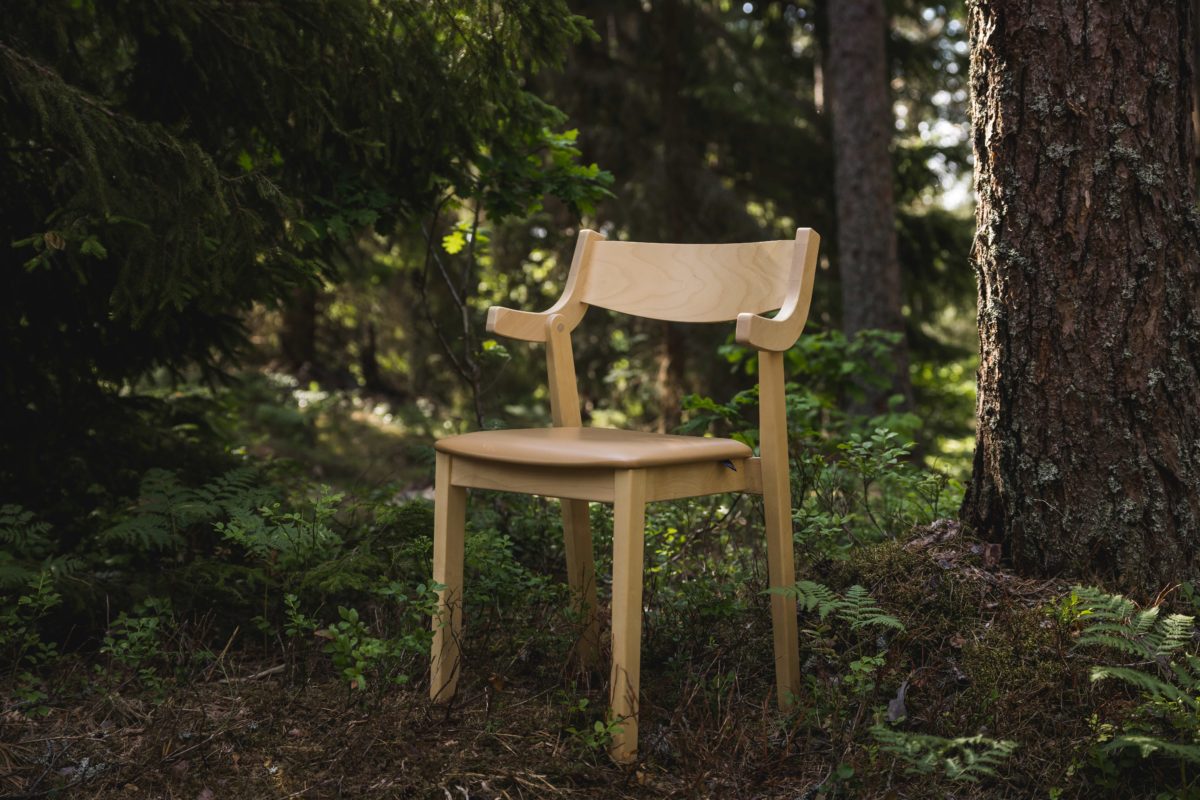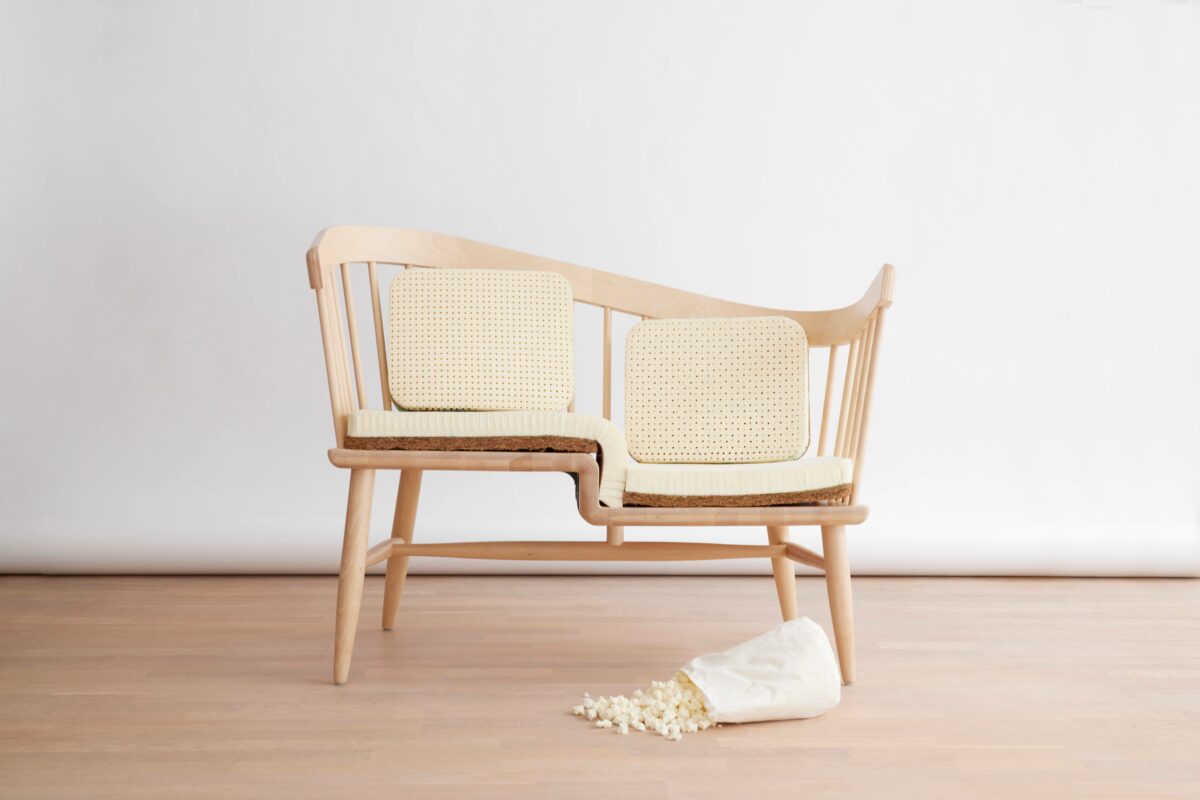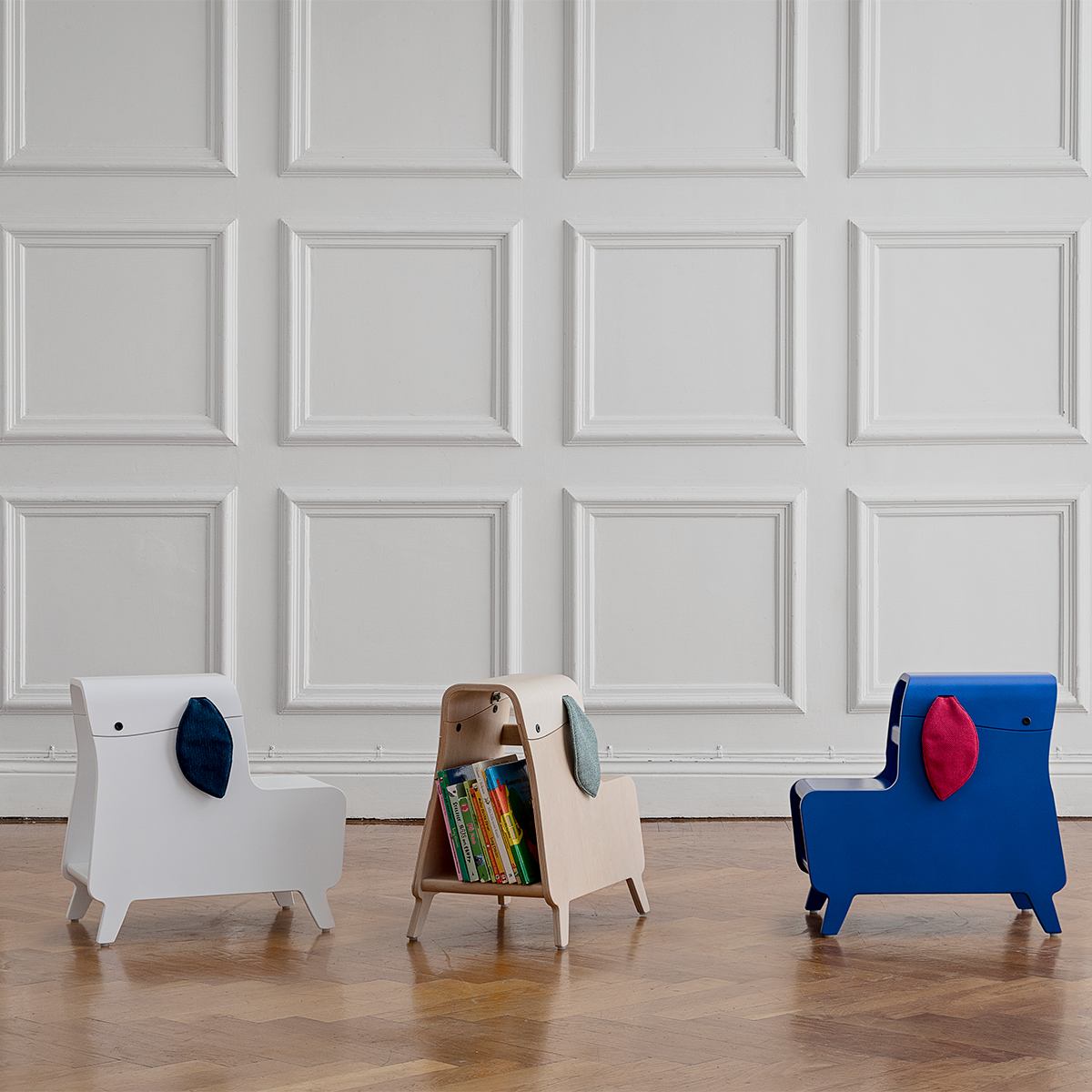SUSTAINABLE MATERIALS
SPECIFIC PRODUCT, ENVIRONMENT, FEATURES
When choosing different materials, we place great emphasis on: What is the specific product? What environment will the product be used in? What properties does the product require?
In this way, we try to develop the right product for the right environment and thus create the best conditions for a long service life. When developing our products, we try not to mix too many different types of materials. Above all, we think about the possibility of disassembly, as our furniture is designed to be easily separated into different materials to facilitate recycling or when replacing spare parts for reuse.
WOOD
The majority of our furniture is made of wood, which is a fantastic material, partly because of its liveliness and the way it ages beautifully over time, and partly because it is a renewable resource. We believe that sustainable use of forest resources is possible, but then we must make sure to protect it. This is why we make our furniture primarily from FSC®-certified wood, which reduces environmental impact by ensuring that forests are managed with social and environmental considerations.

PLASTIC/PADDING MATERIAL
Ständigt sker ett arbete att försöka hitta en ersättare till vår polyeter, för att minimera användningen av råolja. En positiv del som vi ser mer utav är att fler tillverkande leverantörer idag använder bioavfall som beståndsdel i skummet. Idag arbetar vi med en del naturmaterial som komplement till vår polyeter, exempelvis kokosfiber och naturlatex i vår soffa Du & Jag. Vi återanvänder spill från naturlax från produktionen till kompis-kuddarna till Du & Jag. För våra mindre plastdetaljer som hjul och möbeltassar väljer vi enbart dem som är PVC-fria.

TEXTILES
Many of our furniture consists of some form of textiles, so it is also important to choose the right fabric for the right environment. In our fabric guide, overall selected textiles cover the requirements for Eu-Ecolabel and Oeko-tex, which should make it easier to choose textiles for their purpose and from an environmental point of view.

INFO
POLYESTER- An artificial strong fiber with a variety of good properties, hydrophobic, durable, does not wrinkle, resistant to UV light and can withstand high heat. Since the majority of our products are in public environments, a polyester fabric is a good alternative to upholstery, both for regular washing, but also because the fabric has a high durability and often a built-in fire protection (Trevira CS). We advocate a washable textile at 60 degrees on the furniture that will be in environments where hygiene requirements are extra high.
WOOL- Protein fiber with fine natural built-in properties, a piece of furniture with a wool fabric is comfortable to sit on, good ability to breathe and can transport moisture and excess heat away. The wool fiber also has a built-in flame retardant and is suitable for environments with a lot of electronics as the fiber also has antistatic properties. We mainly choose wool fabrics on the furniture we have with nailed upholstery, much because we want to get away from dry cleaning, something that is not sustainable in environments where upholstery must be washed regularly.
SURFACE TREATMENT/VARNISHES
Already in 2012 we took the step to phase out certain hazardous chemicals, when we switched to water-based lacquer on our furniture. Most of our tables are also lacquered with water-based UV varnish, which results in a highly resistant surface as it meets requirement category 5 in Möbelfakta. For tables that are to stand in more exposed environments and are regularly disinfected with alcohol, we recommend choosing a top with high-pressure laminate.
PACKAGING
We are part of the Kinnarps logistics system, where we use blankets and cardboard instead of disposable cartons to protect the products during transportation. These blankets and cardboard are then taken back and reused time and time again. For each truck locker, this equates to a saving of 270 kg of packaging - such as corrugated cardboard. This way of packing our furniture allows us to fit 50% more furniture per shipment. In this way, we increase efficiency and reduce the number of transports and ultimately the climate impact.